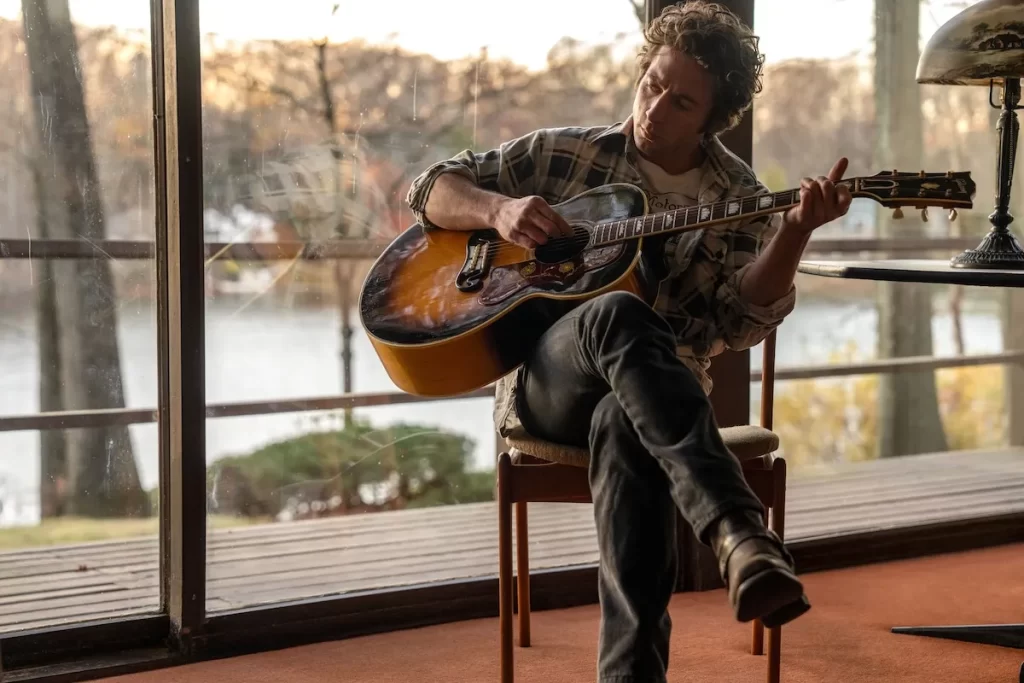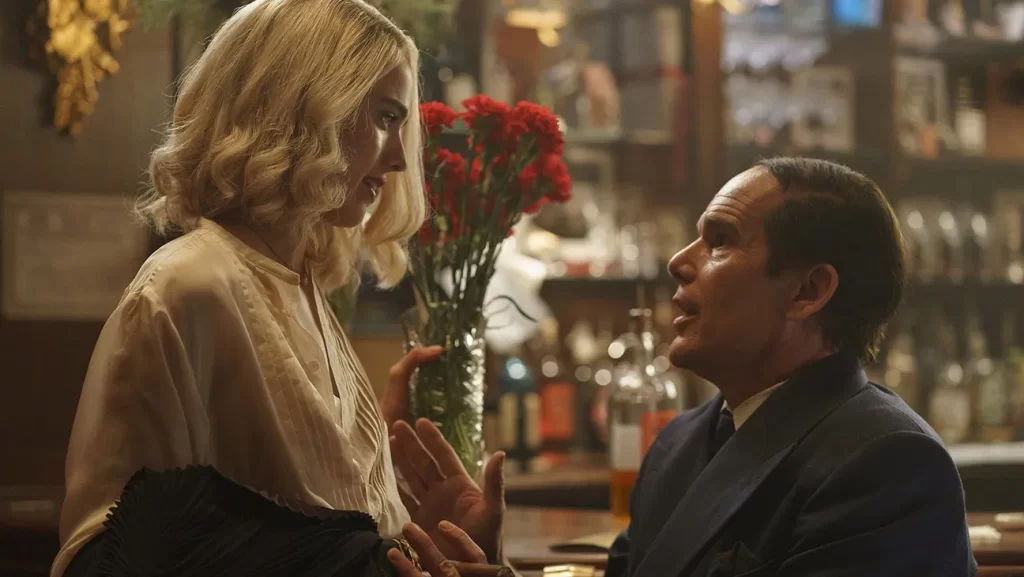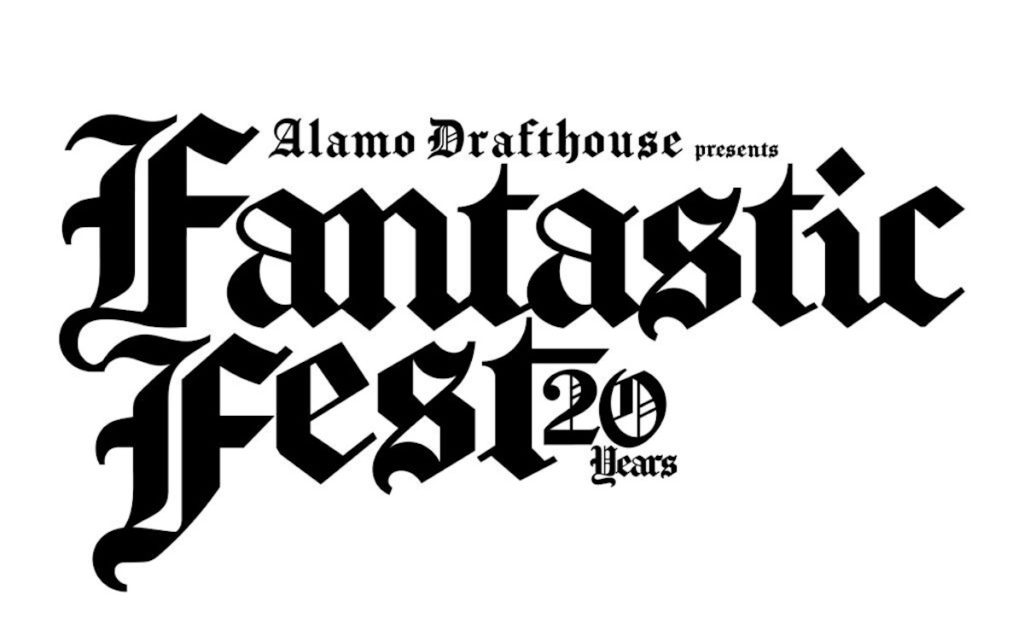Two specific events summed up (for this long-time attendee, at least) the conundrum at the heart of the 2021 Tribeca Festival. On Monday, June 14th, the festival hosted a 20th anniversary reunion for Wes Anderson’s The Royal Tenenbaums, exactly the kind of screening-and-Q&A that has been their bread and butter for years. It’s an event that would have filled the SVA Theater on a typical Tribeca Monday, but since we’re (slowly) coming out of a global pandemic, the director, four cast members, and moderator instead appeared via Zoom – and it was exactly the kind of messy, overlapping, occasionally indecipherable Zoom hang-out we’ve all been having at home for the past 15 months. And the seats facing that screen were, at best, half full.
No such attendance trouble plagued the premiere, two nights later, of the documentary short film Blondie: Vivir En La Habana. The draw wasn’t the movie, an 18-minute mini-chronicle of the band’s 2019 trip to Havana, Cuba that felt more like a DVD bonus feature than a festival film; the draw was the live appearance by the band afterward, playing an engaged and energetic mini-set of six or so songs. Tribeca has been pairing middling documentaries and live music for years now, and they always move tickets; this one would’ve likely filled the Beacon Theatre in a “normal” year. But fans were reportedly turned away from the event, because the social distancing and the limited space of the outdoor venue put a low cap on attendees.
And this is the sticky wicket for Tribeca, a festival that I adore and will also acknowledge is less about films (as evidenced by this year’s shortening of its name, deleting “Film” from the branding altogether) than it is about stargazing. The carefully assembled anniversary events, the movie and music match-ups, the premieres that seem selected less for the quality of the filmmaking then who’ll show up on the red carpet – it’s always been a festival that promised, if nothing else, a parade of famous faces. With that promise dampened by decreasing but nevertheless persistent public safety requirements, the festival had to lean harder on the quality of the movies than ever before.
And many of them were quite good. Adam Leon doesn’t get enough credit as one of the few filmmakers keeping ground-level NYC filmmaking alive; I’d put him in the same class as the Safdies, and note that he just needs his Uncut Gems. Italian Studies isn’t quite that – it’s the least successful of his films to date, not quite managing the little miracle of Gimme the Loot and Tramps, both of which managed to simultaneously work as shaggy hang-out tales and forward-moving narratives. But the latter is kind of impossible in this story, in which a young woman (Vanessa Kirby) experiences either a bout of amnesia or a psychotic break, and ends up floating through the city for a few hours and trying to figure things out. Leon keenly captures the feeling of getting lost in Manhattan – in both its streets and your thoughts – and he pulls its seemingly disparate threads together with skill.

Queen of Glory is also set in the city – but deep in the heart of the Bronx, which may as well be another country. That’s not just observation; it’s part of the film’s text. Nana Mensah, a find, writes, directs, and stars as a doctoral student whose already sketchy life plans are thrown into disarray by the death of her mother, who owns a Christian book and knicknack store deep in the Boogie Down. There’s not much doubt how the conflicts at the center of the story (her romantic future, her estrangement from her father, the fate of the story) are going to shake out, but that doesn’t matter much – it’s all keenly observed and sensitively executed enough to be involving anyway, and it comes to a head with a single, unbroken close-up that’s indescribably powerful.
The Salvator Mundi sold for $450 million in 2017 – the record-holder for the most expensive painting ever sold at auction, and by the time that sale is shown in Andreas Koefoed’s documentary The Lost Leonardo, that price tag looks even more deranged than it sounds. The controversial painting may have been painted, in whole or in part, by Leonardo da Vinci, but at a certain point in its rediscovery and restoration, the extent of his involvement barely mattered; whether its partisans were forgers or fabulists, it was deemed priceless, dubbed “the male Mona Lisa,” and that was that. However you land on its controversial origins, Koefoed presents a damning portrait of an art world defined less by verifiable proof than the complex relationships and politics within the curators, critics, academics, collectors, and hustlers of the art world, and the degree to which all of those parties alternately lean on, humor, and cannibalize each other.
The making of Kids, Larry Clark’s controversial (and profitable) 1995 docudrama about youth run amuck, is the subject of the documentary account The Kids – as well as its aftermath, and the untimely deaths of two of its featured players (Harold Hunter and Justin Pierce) in the years that followed. Clark does not come off well, nor does screenwriter (and, later filmmaker) Harmony Korine, particularly in the contrasts between their public statements about how the film was made and the stories told by their cast. And there is certainly a case to be made for exploitation; Clark and Korine (and the Weinstein brothers, who distributed the film) got paid, and these skateboarders and street kids, many of them homeless, did not. But there’s also something dishonest about the documentary’s filmmaking; it’s only when the end credits roll that we discover that Hamilton Harris – the Kids co-star who gets the most interview time, comes off as the most thoughtful, and most clearly articulates the film’s themes – was in fact the co-writer and co-producer of The Kids. Is that unethical? It’s arguable. But when you’re making a movie about ethical filmmaking behavior, you’d better make sure your own work is clean as a whistle.
“My own thought processes are very hard to define,” Stanley Kubrick states early in the documentary profile Kubrick by Kubrick, which perhaps makes him a less-than-ideal subject for a film with such a title. But despite his protests, he has considerable insights on storytelling and craft, which seem like second nature to him; he didn’t give many interviews, but he spoke on several occasions to the French film journalist Michel Ciment, whose recordings of those conversations provide the film’s spine. It’s strangely jarring to her his voice, softened by his Bronx accent, but full of certainty and pointed intelligence; director Gregory Monro weaves in film clips and archival interviews with his collaborators, along with a clever B-roll scheme using iconic props, costume pieces, and other totems from the work. Most importantly, he jettisons conventional chronology, organizing the material instead by themes and connections, making this less a conventional bio-doc and more of a freewheeling conversation – and celebration.

Not that there weren’t conventional bio-docs a plenty at Tribeca. Like A Rolling Stone: The Life & Times of Ben Fong-Torres is about as conventional as they came, a soup-to-nuts profile of the music journalist (and Almost Famous supporting character), told via archival footage, contemporary interviews, and testimonials from a handful of legends. But the thing that makes bio-docs such a safe bet at film fests is that, as long as you pick a topic of interest, it will at least deliver information and diversion. Fong-Torres is an engaging subject, and the film’s flaws are forgivable when it offers up the considerable pleasure of just hanging out with him for a while, and listening to him talk about music and culture.
In 1983, a documentary crew shadowed Hustler publisher Larry Flynt during his stunt presidential campaign. That footage was never seen until the new documentary Larry Flynt for President, but it’s no nostalgia item; the film details how Flynt mounted the campaign partially as a publicity stunt and partially as a genuinely angry reaction to the rise of the religious right and the Moral Majority (and President Reagan’s embrace of those forces), sensing how the culture wars were useful for Republicans as a distraction from unpopular economic and foreign policy (still true!). It’s a well-assembled piece of work, serving as a post-mortem of the odd campaign – ultimately derailed by his legal woes and unpredictability – as contemporary interviews with journalists and campaign strategists augment priceless archival footage of Flynt’s campaign proclamations, which are vulgar, vile, and frequently dead-on accurate.
But my choice for the best non-fiction film of the festival is Dan Chen’s Accepted, which is not only a riveting but cleverly structured doc. It begins telling the story its subjects wanted to tell: of T.M. Landry College Prep in rural Louisiana, boasting a 100% college acceptance rate (32% of them in Ivy League schools), all the more impressive because their student body is mostly comprised of underprivileged kids. We meet its unconventional educators, and see them pushing and encouraging students; we meet individual students, who share their touching and inspiring backstories; we follow them to their stressful ACT tests. And then, halfway in, a New York Times exposé turns the narrative on its head – and the movie too, as we revisit scenes staged for the camera, and find out what the interview subjects really wanted to talk about. I suppose one shouldn’t reward a film for what it doesn’t do, but it’s so easy to imagine the lazy, dumbed-down version of Accepted (the one that puts the twist into a rat-tat-tat pre-title sequence) that I can’t help but be thankful for the one we got.
I was not at Tribeca’s big Closing Night event, a proof-of-vaccination-required screening of Dave Chappelle’s new documentary at Radio City Music Hall, followed by an all-star hip-hop concert. But I hear it was a packed. Tribeca will be back to its old self soon enough.



